Kate Bush has never been a stranger to dismantling imaginary boundaries in music. Throughout her career, she always looked for new ways to defy convention. And her enormously dedicated fanbase is proof enough that she succeeded in doing that with each record.
Videos by American Songwriter
She wasn’t just diverse in her lyricism and aesthetics, either. Her songwriting ability and compositions were very different from what her contemporaries in England were doing at the time. Specifically, Bush enjoyed incorporating indigenous instruments into her music. From the didgeridoo to the uilleann pipes, Bush managed to make the oldest instruments sound bright and fresh and new.
How Kate Bush Used The Didgeridoo in “The Dreaming”
The whole of The Dreaming as an album, including the title track, explores the notion of colonialism and the destruction of indigenous cultures. The term “the dreaming” is an Australian Aboriginal term that refers to concepts of ancestral figures and land. Naturally, the title track would hone in on this concept and feature indigenous instruments like the didgeridoo.
For the unaware, the didgeridoo is a wind instrument invented by the Aboriginal peoples in northern Australia, and it is likely well over 1,000 years old. It’s a long, hefty conical instrument often made from eucalyptus that delivers a reverberating, deep sound when played.
One unfortunate fact is that disgraced TV personality Rolf Harris played the didgeridoo in “The Dreaming”. To ignore that fact would be dishonest to music history. That being said, Bush’s intentions were likely pure. One can’t deny that her use of the instrument on The Dreaming introduced the stunning didgeridoo to the Western music world.
Bush first discovered the instrument while visiting Australia shortly before writing The Dreaming. One could see Kate Bush’s use of the didgeridoo to be yet another cheap snatching of a revered, foreign instrument for entertainment value. However, that was far from what she was doing, in my opinion. The didgeridoo became a tool for what is, no matter how you look at it, a protest song about the illegal destruction of Aboriginal land.
Still, some would argue that Bush was yet another white person voicing the grievances of a whole culture on their behalf through music she profited from. Is it cultural appropriation or cultural appreciation with an important message? We’ll let you be the judge of that.
Photo by kpa/United Archives via Getty Images
When you purchase through links on our site, we may earn an affiliate commission.

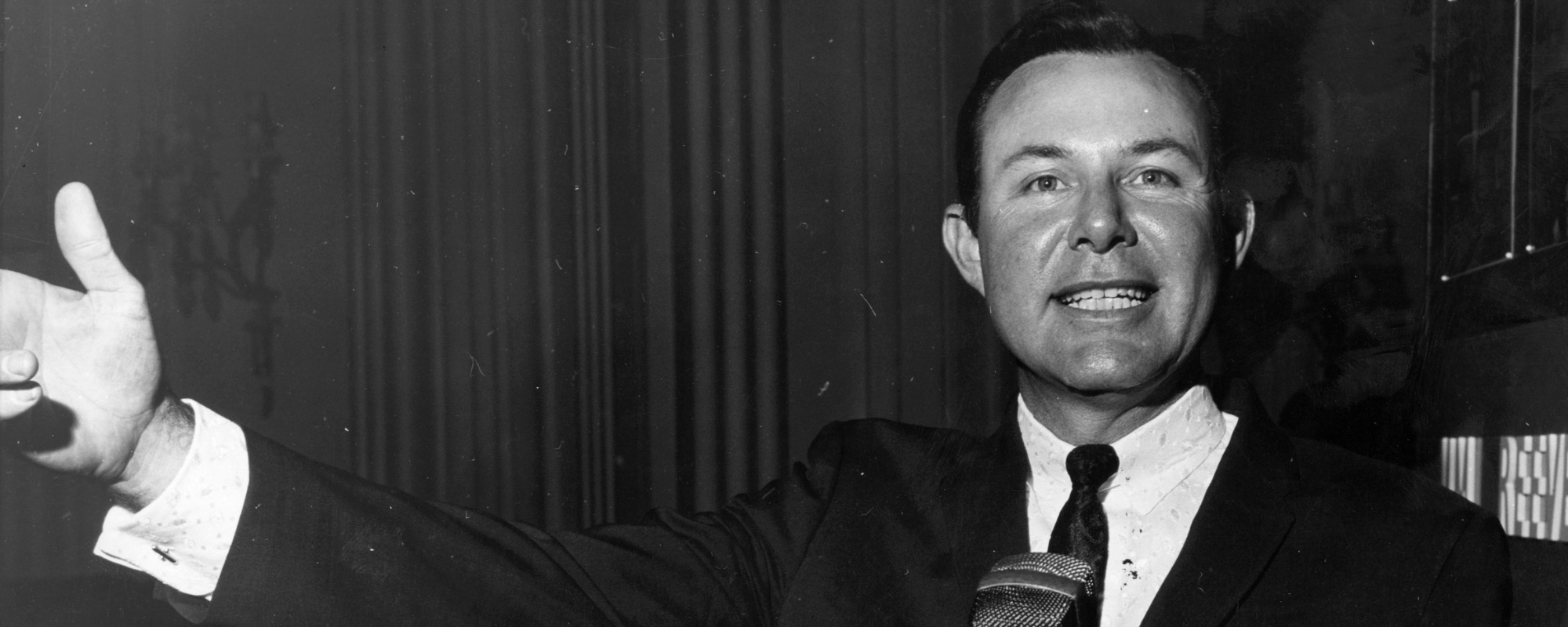
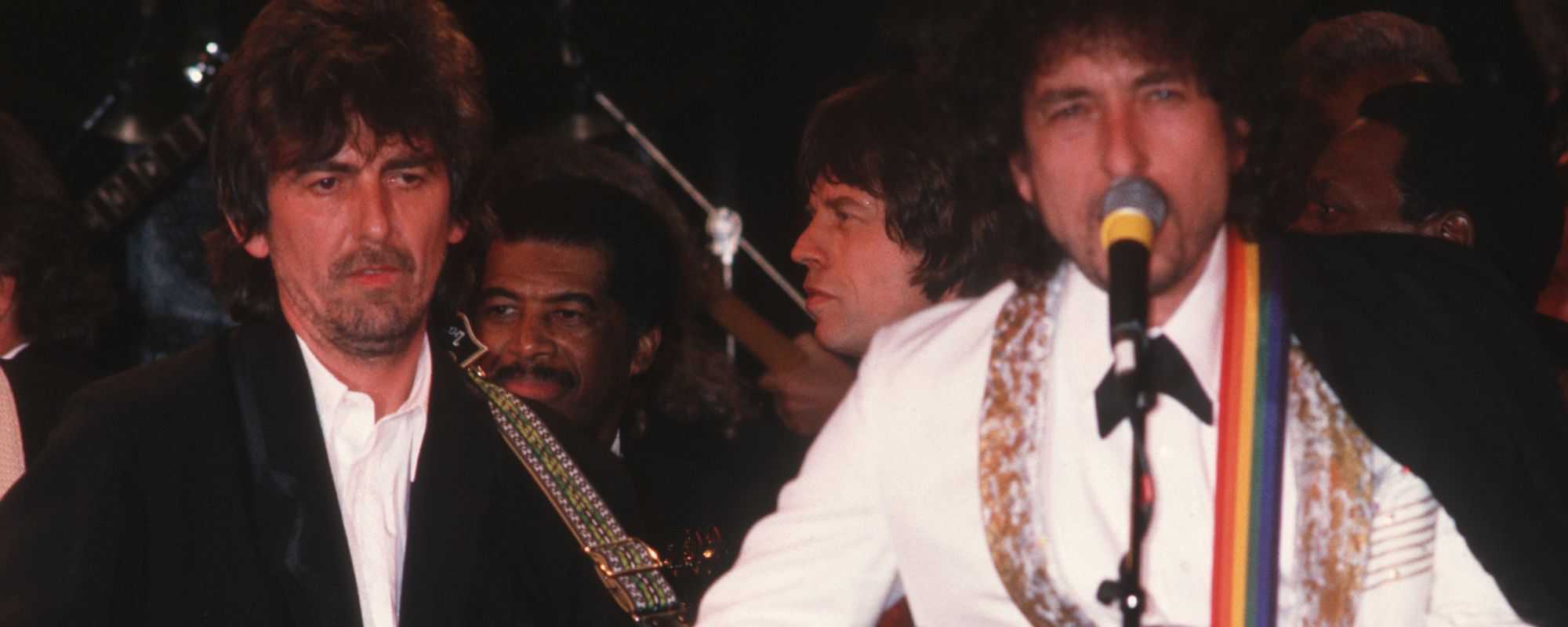
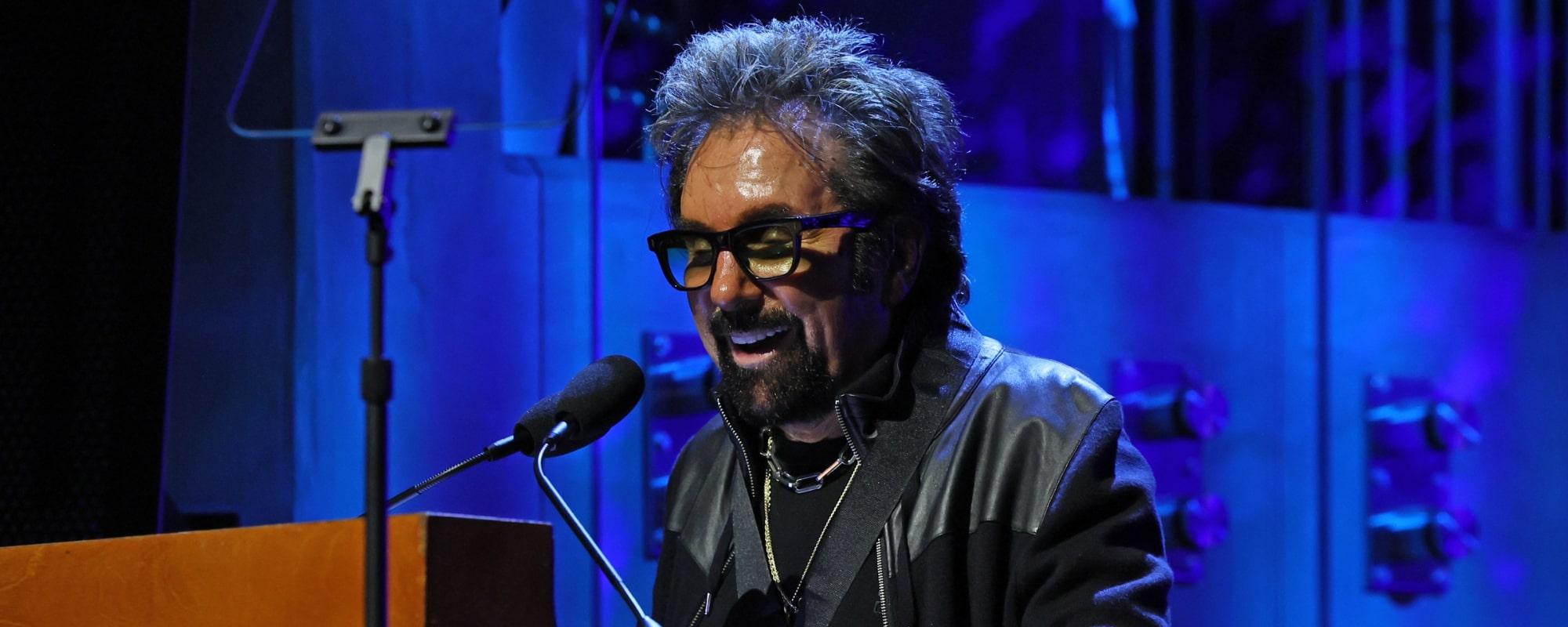
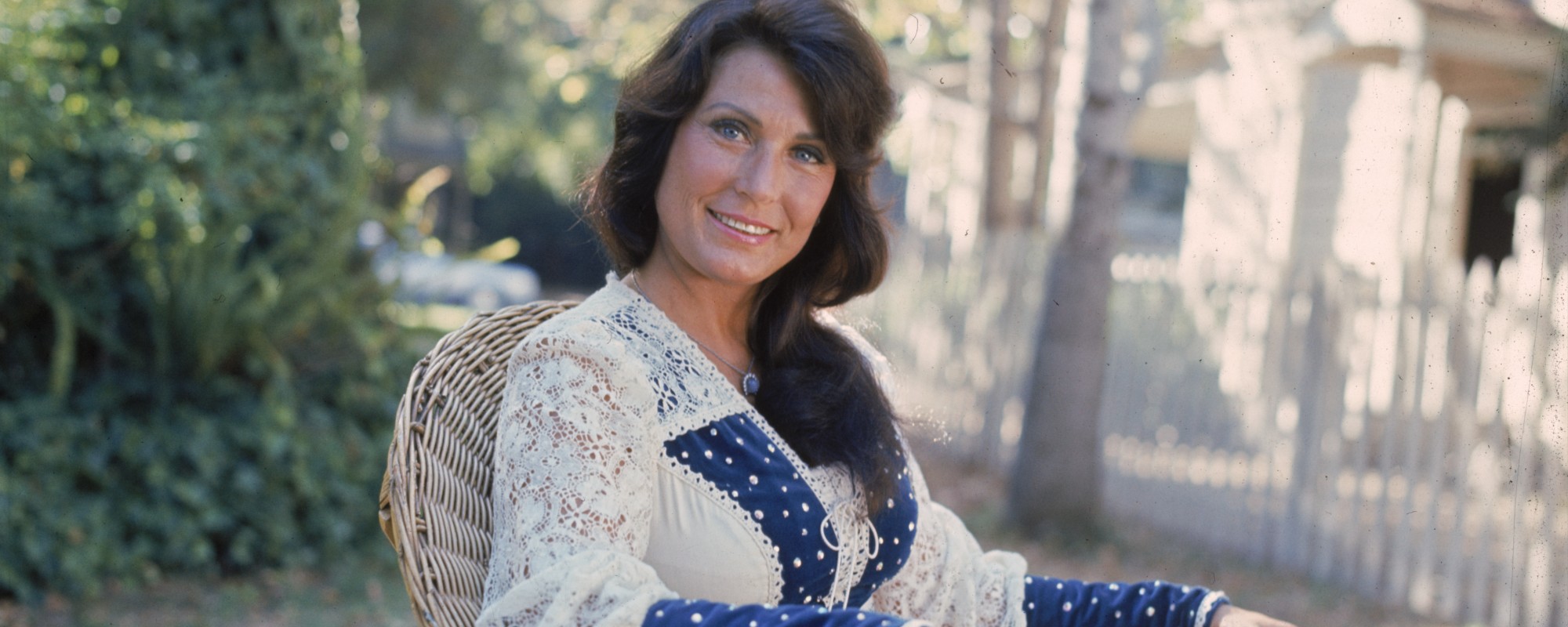


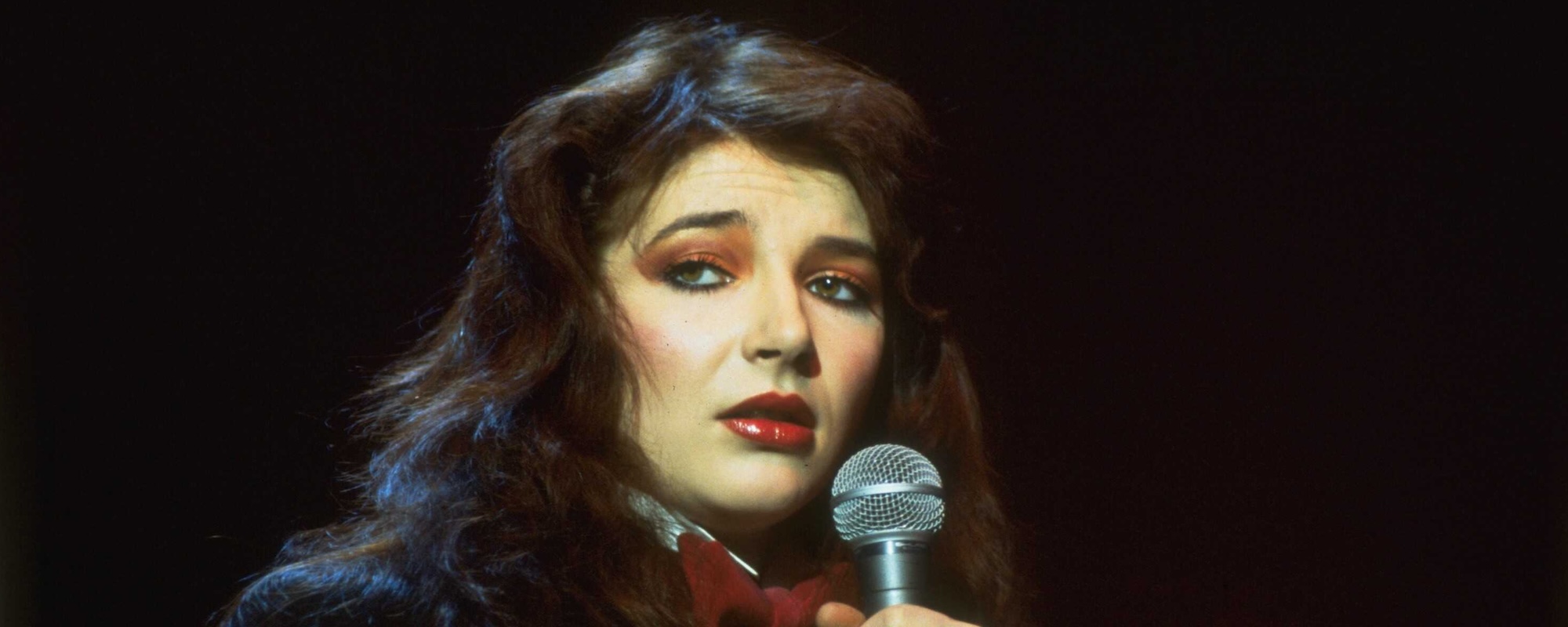

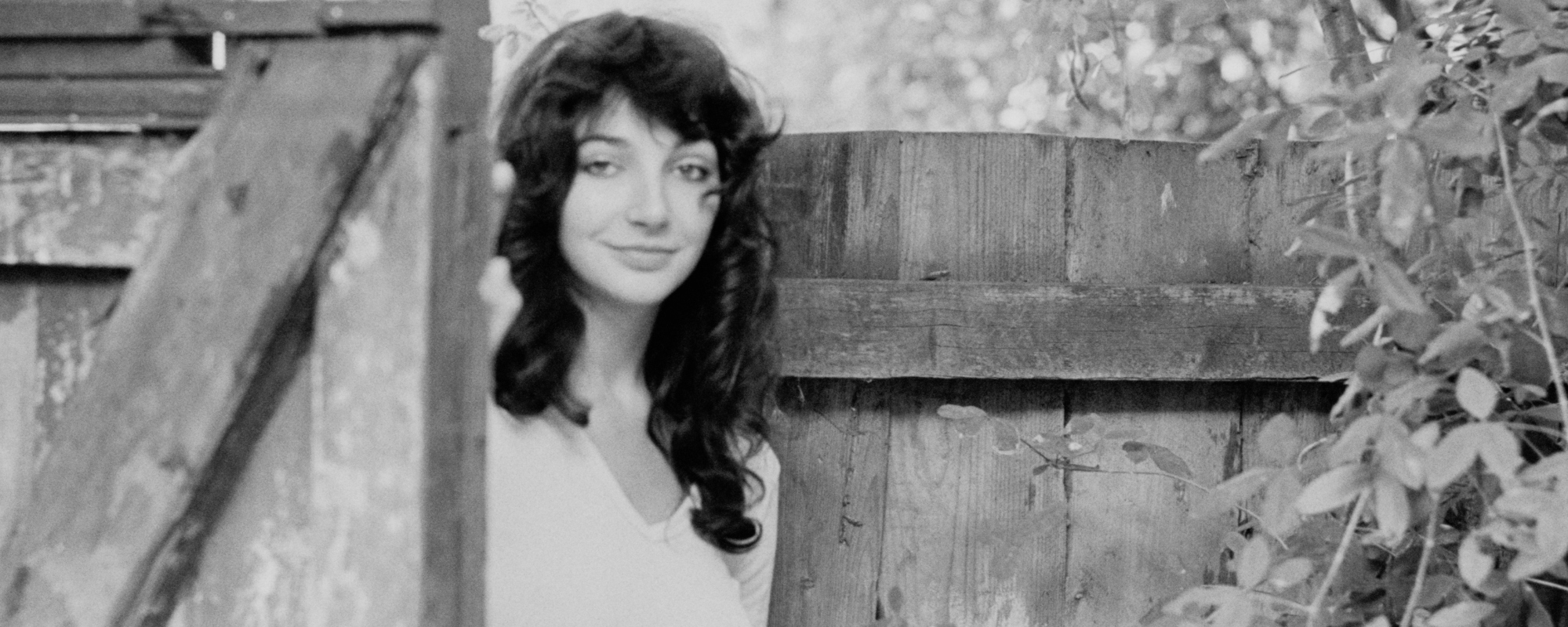



Leave a Reply
Only members can comment. Become a member. Already a member? Log in.